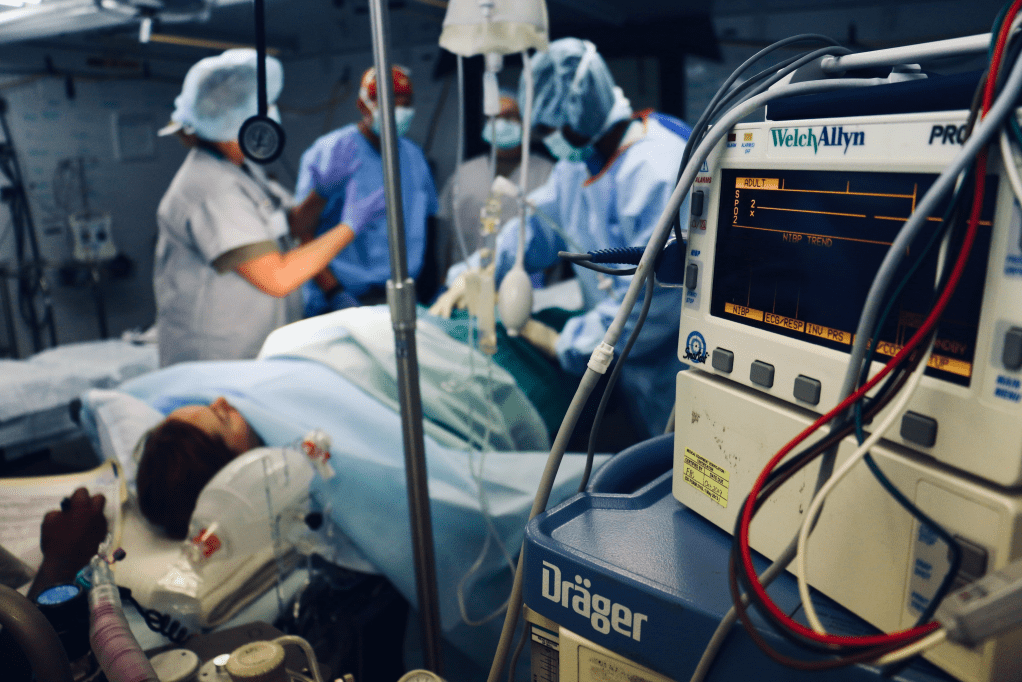Five uses for audio components in a medical setting
While it might not be on your mind the next time you find yourself in a medical setting, you can be assured that audio engineers, facilities managers and patient experience directors are putting a great deal of thought into how audio components are enhancing, regulating and simplifying the experience in a medical setting. Audio can power the patient experience, ensuring vital information is communicated and understood, expediting needs and keeping the focus on patient care.
Here are just five ways that audio components can enhance the patient experience in a medical setting, but we guarantee once you read through these, you’ll probably think of–or hear–countless others the next time you find yourself in a position to observe.
- Vital Signs Monitoring:
Whether it is life-saving equipment or experience-enhancing entertainment, the patient room is dependent on technology that enhances the experience.
When patient vital signs are monitored, sounds alert medical professionals when diagnostics are off track.
- Diagnostic Imaging:
Diagnostic imaging is supported by sounds that give patients and providers comfort and accurate readings.
Audio alerts throughout diagnostic imaging alert providers to precise patient positioning and accurate readings, giving technicians the information they need to effectively complete imaging requests and relay accurate diagnoses.
- Patient Entertainment:
Patient entertainment keeps patients comfortable and happy, easing worry and creating pleasant environments.
Audio plays a crucial role in the patient experience through entertainment options in patient rooms. Entertainment provides access to efficient processes, such as ordering food and alerting staff of concerns, as well as comfortable viewing of things like television and listening to music, which can ease patients into a more relaxed and comfortable state during stays.
Outside the patient room, sounds can help those less experienced than medical professionals with medical needs when life-saving measures are needed or diagnostic information is crucial.
4. Defibrillator
Alert sounds on a defibrillator are crucial in helping save lives. Sounds can help guide live-saving processes and bring back or regulate patients in emergency situations. Until someone is in a high-energy emergency situation, they don’t often realize how comforting and necessary the sounds on emergency devices can be in helping to alert people of proper usage in life-saving situations.
5. Glucose Monitor
Small but mighty sounds on a glucose monitor help at-home patients determine if they’ve properly administered testing procedures, ensuring a timely and accurate result. Sounds alert people to processes they aren’t used to administering and ensure they are completed properly when testing at home.
These are just five of the ways the medical industry is turning to audio component manufacturers for audio solutions in a medical setting. Whether it is for hospital rooms, doctors’ offices, outpatient centers or the operating room, sound plays a vital role in the experience.
Learn more about our work in the medical sector here.
PUI Audio works with leadership at medical institutions to find–and build!–solutions that make sure that when it needs to be heard. Our engineering team is eager to work on developing new solutions and continuing to push the envelope. Curious to learn more? Ready to kick off a brainstorming session about your audio needs in the manufacturing industry? Reach out! Ask an engineer or chat with us. We are here to help.
